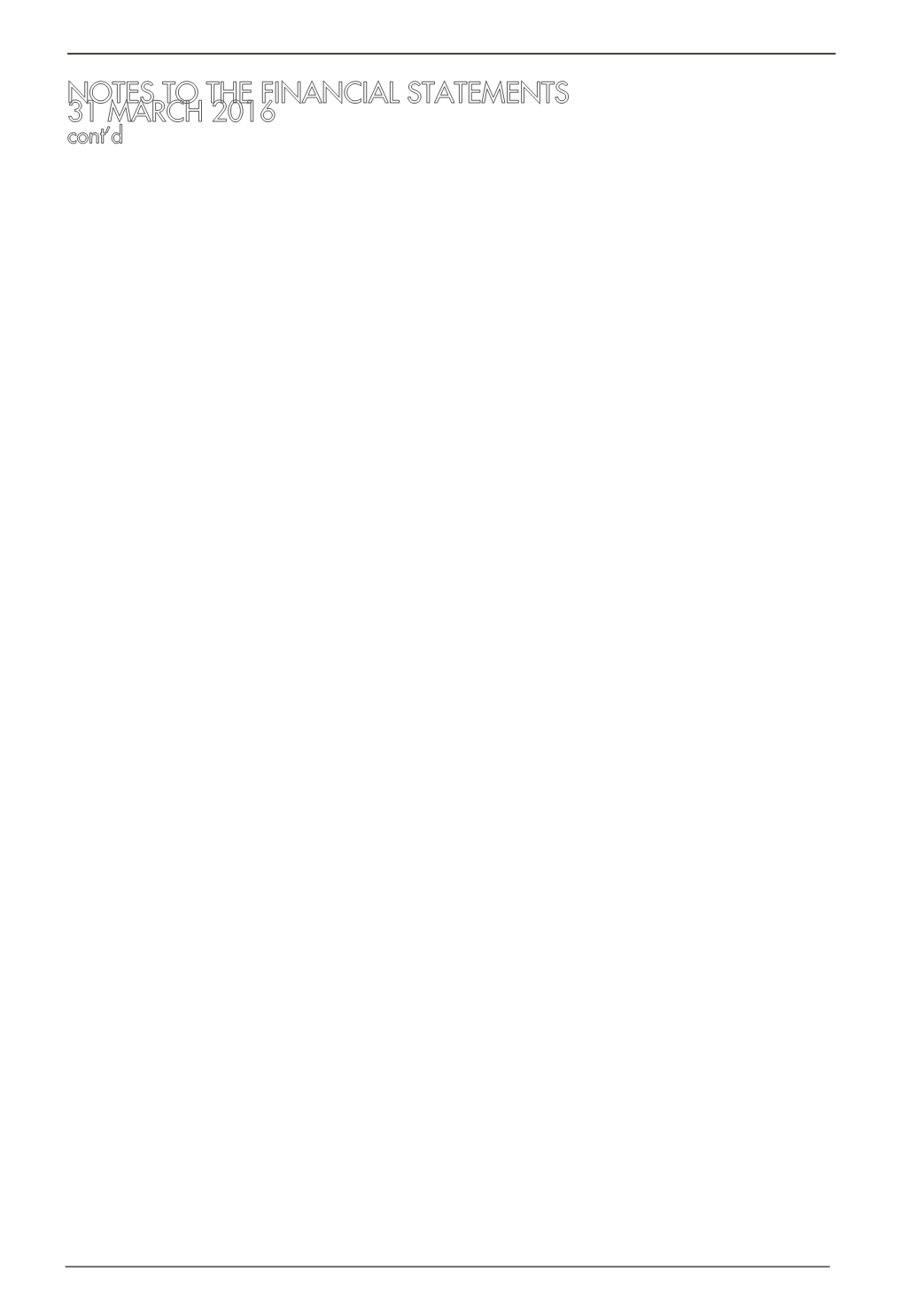

page
122
KUMPULAN FIMA BERHAD
(11817-V) |
Annual Report
2016
2. SIGNIFICANT ACCOUNTING POLICIES (CONT’D)
2.3 Summary of Significant Accounting Policies (Cont’d)
(r) Financial Assets (Cont’d)
Subsequent to initial recognition, loans and receivables are measured at amortised cost using the
effective interest method. Gains and losses are recognised in profit or loss when the loans and
receivables are derecognised or impaired, and through the amortisation process.
A financial asset is derecognised when the contractual right to receive cash flows from the asset
has expired. On derecognition of a financial asset in its entirety, the difference between the
carrying amount and the sum of the consideration received and any cumulative gain or loss that
had been recognised in other comprehensive income is recognised in profit or loss.
Regular way purchases or sales are purchases or sales of financial assets that require delivery
of assets within the period generally established by regulation or convention in the marketplace
concerned. All regular way purchases and sales of financial assets are recognised or derecognised
on the trade date i.e., the date that the Group and the Company commit to purchase or sell the
asset.
(s) Impairment of Financial Assets
The Group and the Company assess at each reporting date whether there is any objective
evidence that a financial asset is impaired.
To determine whether there is objective evidence that an impairment loss on financial assets has
been incurred, the Group and the Company consider factors such as the probability of insolvency
or significant financial difficulties of the debtor and default or significant delay in payments. For
certain categories of financial assets, such as trade receivables, assets that are assessed not to
be impaired individually are subsequently assessed for impairment on a collective basis based on
similar risk characteristics. Objective evidence of impairment for a portfolio of receivables could
include the Group’s and the Company’s past experience of collecting payments, an increase in
the number of delayed payments in the portfolio past the average credit period and observable
changes in national or local economic conditions that correlate with default on receivables.
If any such evidence exists, the amount of impairment loss is measured as the difference between
the asset’s carrying amount and the present value of estimated future cash flows discounted at the
financial asset’s original effective interest. The impairment loss is recognised in profit or loss.
The carrying amount of the financial asset is reduced by the impairment loss directly for all financial
assets with the exception of trade receivables, where the carrying amount is reduced through the
use of an allowance account. When a trade receivable becomes uncollectible, it is written off
against the allowance account.
If in a subsequent period, the amount of the impairment loss decreases and the decrease can
be related objectively to an event occurring after the impairment was recognised, the previously
recognised impairment loss is reversed to the extent that the carrying amount of the assets does
not exceed its amortised cost at the reversal date. The amount of reversal is recognised in the
profit or loss.

















